The world of snakes is as captivating as it is terrifying. Among these slithering creatures, some possess venom so potent that it can cause alarm even among the bravest of souls. The Inland Taipan, often dubbed the “fierce snake,” is a prime example. Its venom is so lethal that a single bite can theoretically kill 100 humans. But there’s more to this snake than just its deadly nature.
The Lethality of the Inland Taipan

The Inland Taipan is often regarded as the most venomous snake in the world. This title isn’t just for show; its venom is a complex cocktail of toxins designed to immobilize and digest its prey rapidly. One bite can deliver enough venom to kill more than a hundred people or over 250,000 mice. The venom contains neurotoxins, hemotoxins, and myotoxins, which affect the nervous system, blood, and muscles, respectively. Despite its fearsome reputation, the Inland Taipan is rarely seen by humans, as it resides in the remote, arid regions of central Australia.
Evolution of Venom

The evolution of venom in snakes like the Inland Taipan is a fascinating process. Over millions of years, these snakes have developed venom that is not only effective for hunting but also serves as a defense mechanism. The venom’s composition has evolved to target specific physiological systems of their prey, ensuring a quick kill. This evolutionary trait has ensured their survival in the harsh environments they inhabit. The potency of the venom is a testament to nature’s incredible ability to adapt and optimize for survival.
Habitat and Lifestyle

The Inland Taipan is a creature of the outback, thriving in the dry, arid regions of central Australia. It prefers to dwell in cracks and crevices, which provide shelter from the harsh sun. These snakes are solitary creatures, spending most of their time hidden away, only emerging to hunt or mate. Their elusive nature and remote habitat mean they pose little threat to humans, despite their deadly potential. The environment they call home is as unforgiving as the snake itself, with temperatures that can soar during the day and plummet at night.
Diet and Hunting Techniques

The Inland Taipan’s diet consists primarily of small mammals, such as rats and mice. Its hunting technique is both efficient and lethal. The snake strikes with precision, injecting its potent venom into its prey, which succumbs within moments. Once immobilized, the snake swallows its prey whole, relying on its flexible jaw to accommodate even larger meals. This method of hunting ensures that the snake expends minimal energy while maximizing its nutritional intake, a crucial adaptation for survival in its harsh environment.
Defensive Behavior

Despite its lethal venom, the Inland Taipan is not aggressive towards humans. In fact, it is known for its reclusive nature, avoiding confrontation whenever possible. When threatened, it will often retreat into its hiding places rather than attack. This behavior is crucial for its survival, as engaging in unnecessary conflicts could lead to injury or death. The snake’s primary defense is its ability to blend into its surroundings, making it difficult for predators and humans alike to spot.
Reproductive Cycle
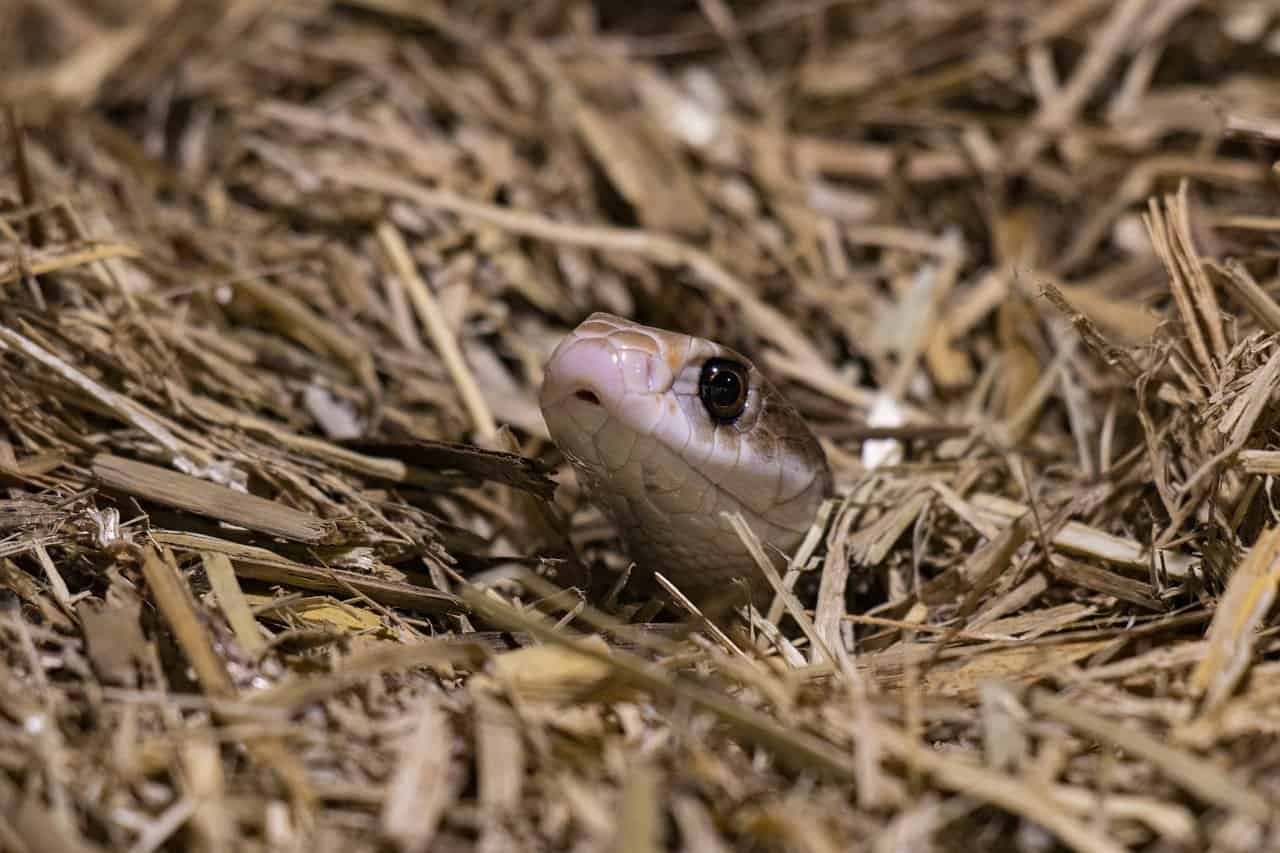
The reproductive cycle of the Inland Taipan is as intriguing as its venom. Mating typically occurs in the spring, with females laying a clutch of eggs several weeks later. The number of eggs can vary, but it usually ranges from 12 to 20. The female guards her eggs until they hatch, ensuring they are protected from predators. Once hatched, the young snakes are independent, relying on their innate instincts to hunt and survive. This reproductive strategy ensures the continuation of the species, even in the harshest of environments.
Conservation Status

While the Inland Taipan is not currently considered endangered, its population is vulnerable to changes in its environment. Habitat destruction and climate change pose significant threats to its survival. Conservation efforts focus on preserving the snake’s natural habitat and ensuring that its ecosystem remains intact. Educating the public about the importance of these snakes in their ecosystem is also crucial. By protecting the Inland Taipan, we ensure the survival of a unique and fascinating species.
Misconceptions and Myths

The Inland Taipan is often the subject of myths and misconceptions. Many people believe that it is an aggressive snake, eager to attack humans. In reality, it is a shy and reclusive creature, preferring to avoid contact with humans. Another common myth is that the snake’s venom is used to create potent poisons for human use. While its venom is studied for medical research, it is not used in harmful ways. Understanding the truth about this snake helps dispel fears and fosters respect for its role in nature.
The Role of the Inland Taipan in Ecosystems
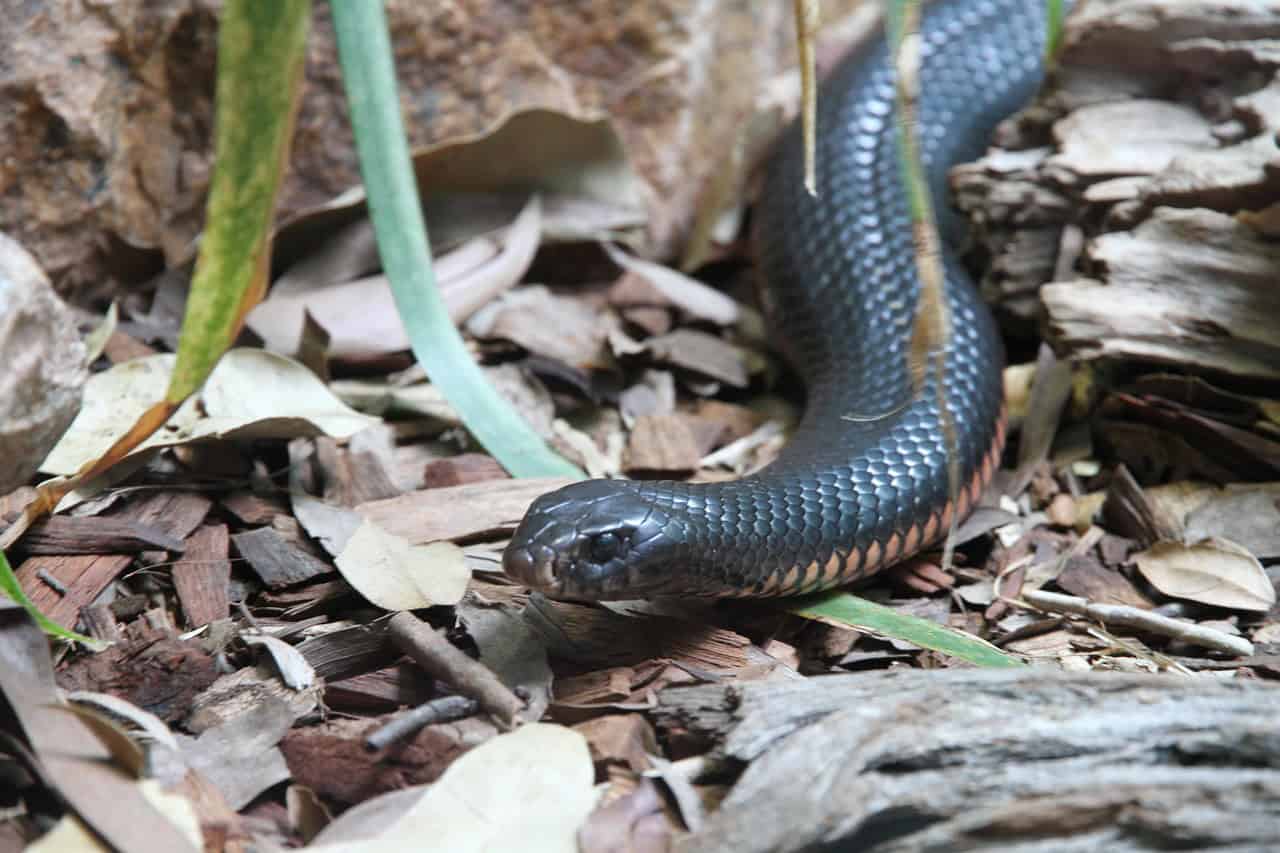
The Inland Taipan plays a crucial role in its ecosystem. As a predator, it helps control the population of small mammals, preventing overpopulation and the subsequent strain on resources. This balance ensures that the ecosystem remains healthy and sustainable. The snake also serves as prey for larger predators, contributing to the food chain. Its presence is an indicator of a healthy ecosystem, highlighting the interconnectedness of all living things. Protecting the Inland Taipan is essential for maintaining the delicate balance of its environment.
Fascination with Venomous Snakes
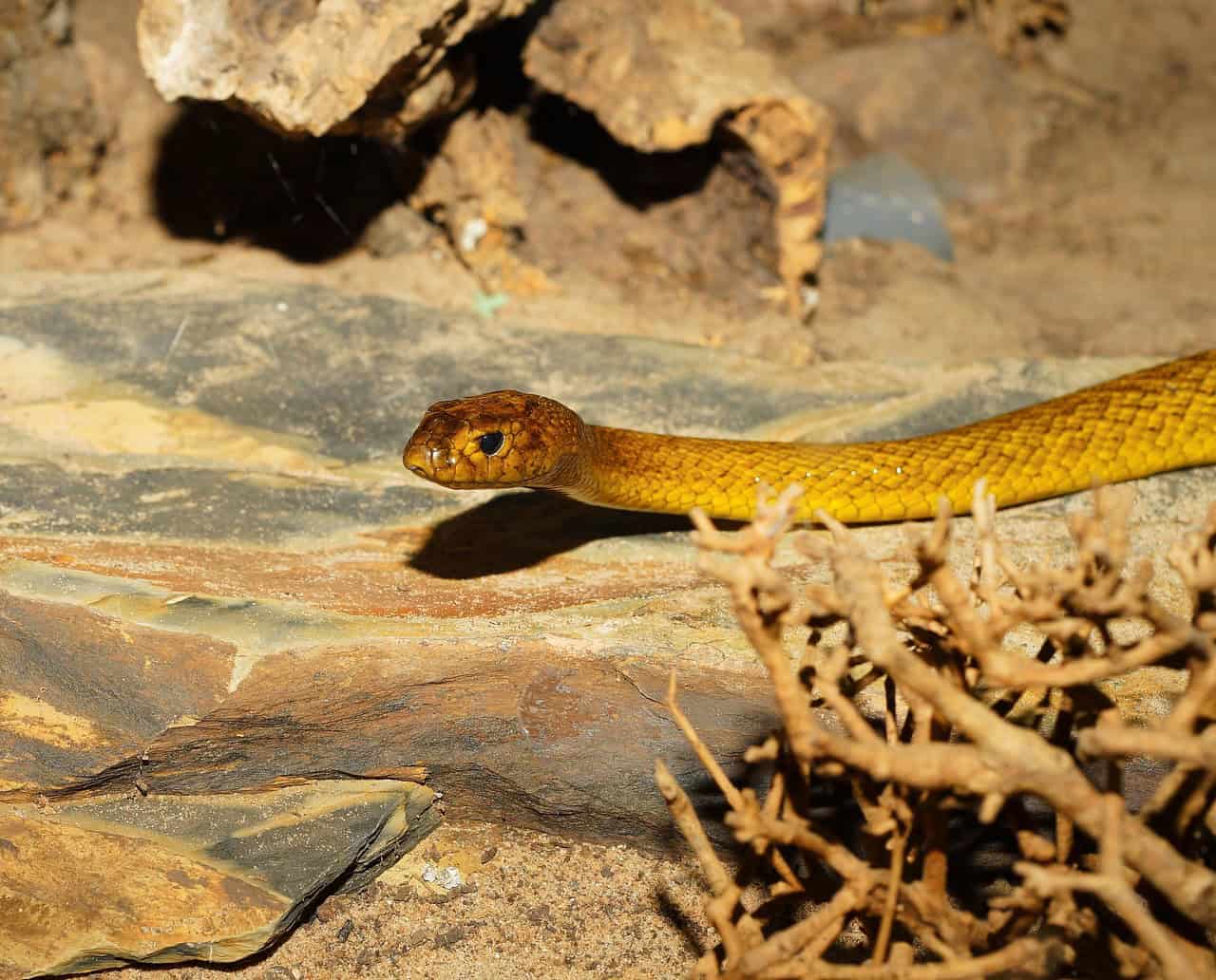
Venomous snakes like the Inland Taipan have long fascinated humans. Their lethal abilities and mysterious nature make them subjects of intrigue and fear. This fascination has led to numerous studies aimed at understanding their biology and behavior. Scientists are particularly interested in the potential medical applications of snake venom, which could lead to breakthroughs in treatments for various conditions. The Inland Taipan, with its potent venom, is at the forefront of this research, offering insights into the complexities of nature.
Medical Research and Snake Venom
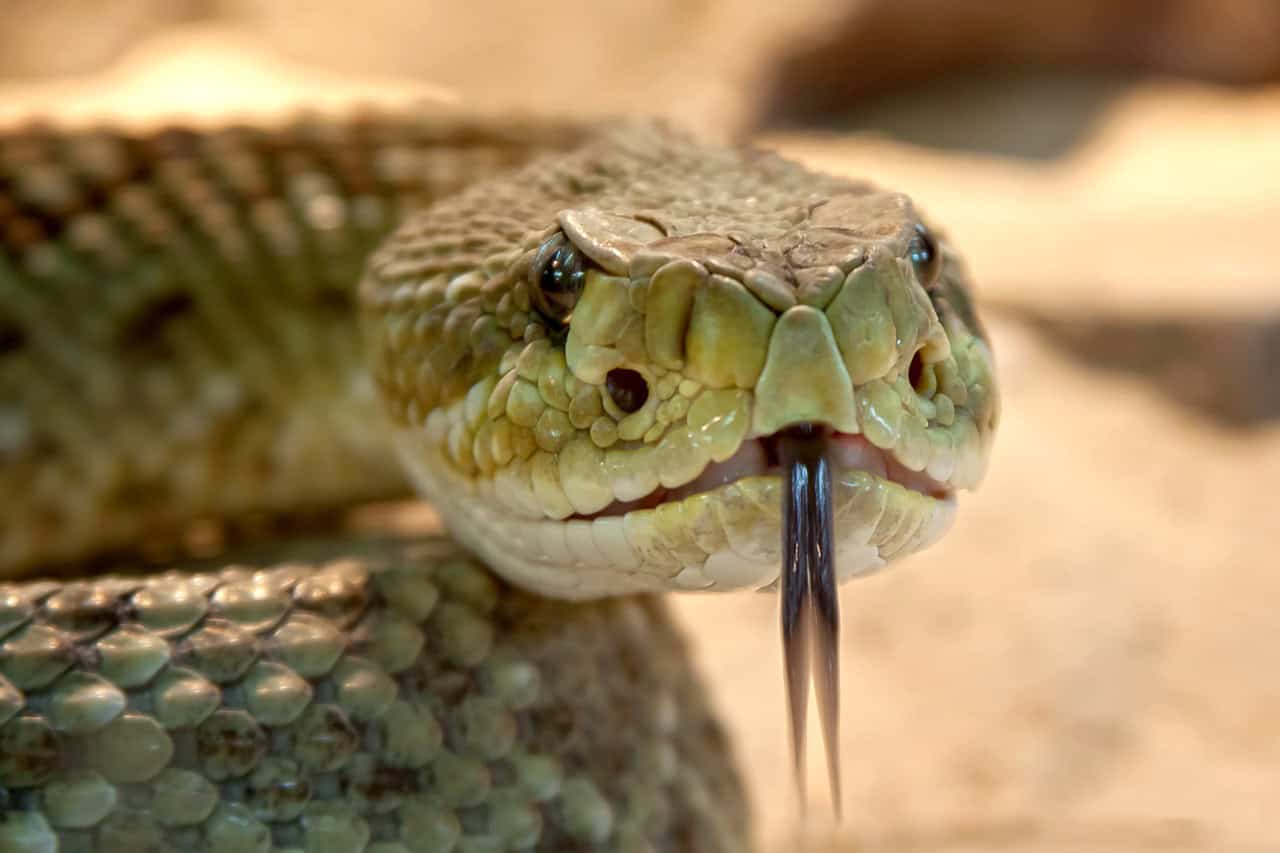
The venom of the Inland Taipan is not just a deadly weapon; it is also a potential source of medical breakthroughs. Researchers are studying its components to develop new treatments for conditions such as blood clots, hypertension, and even cancer. The unique properties of the venom make it a valuable tool in medical research. By understanding how it affects the human body, scientists can develop targeted therapies that harness its power for healing. This research highlights the potential benefits of studying even the most dangerous creatures.
Encounters with Humans

Encounters between humans and the Inland Taipan are rare, primarily due to its remote habitat and shy nature. When interactions do occur, they are often the result of accidental encounters in the snake’s natural environment. In such cases, the snake usually retreats, seeking to avoid conflict. For those living in areas where the snake resides, education about its behavior and habitat is essential. Understanding how to coexist with these creatures ensures the safety of both humans and snakes, allowing them to live in harmony.
Safety Measures and Precautions
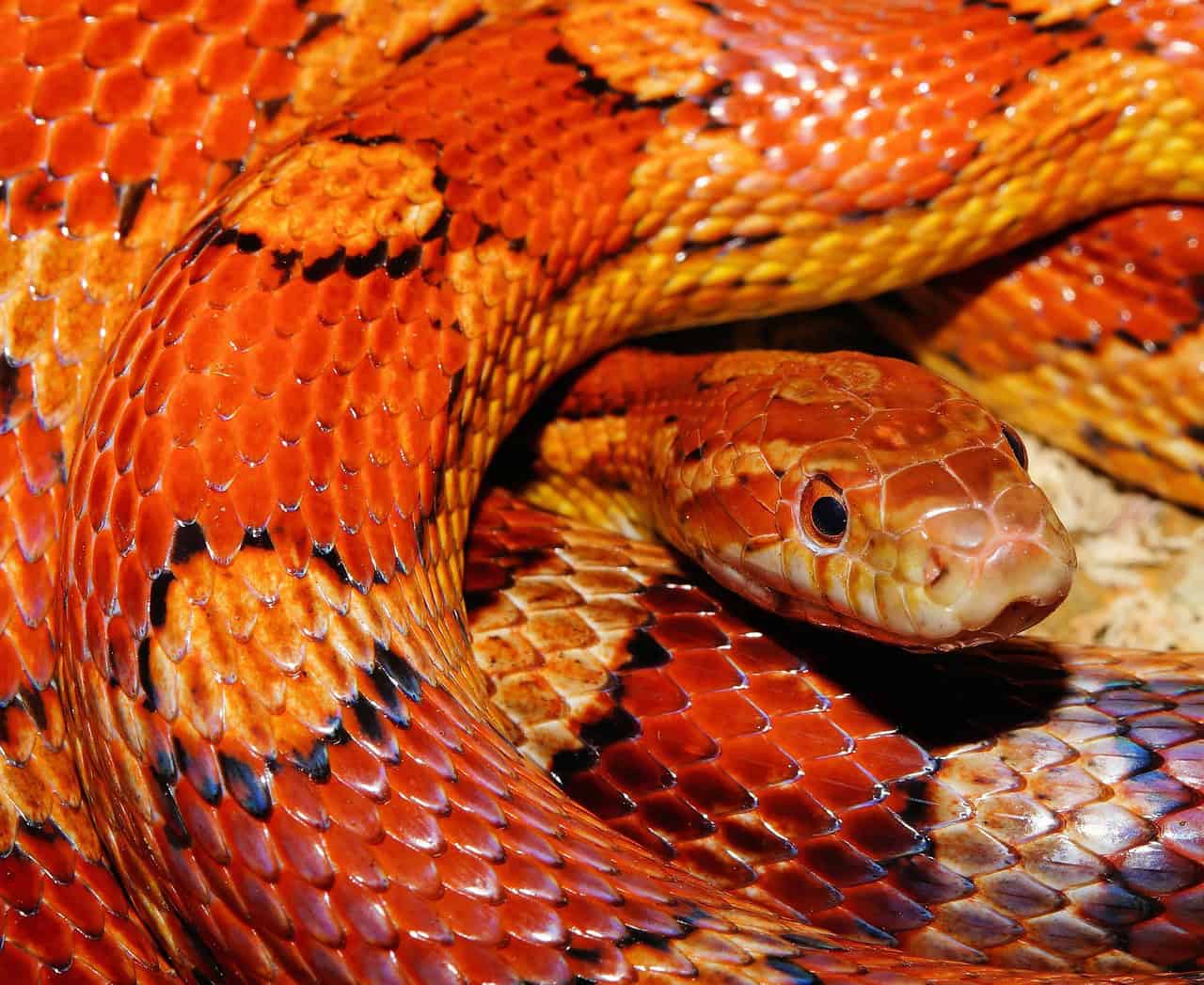
For those venturing into areas inhabited by the Inland Taipan, safety measures are crucial. Wearing protective clothing and being aware of one’s surroundings can prevent unwanted encounters. Learning to identify the snake and understanding its behavior can also reduce the risk of bites. In the rare event of a bite, seeking immediate medical attention is vital, as antivenom is available to counteract the effects. By respecting the snake and taking precautions, humans can safely share the environment with one of nature’s most fascinating predators.
The Beauty of the Inland Taipan
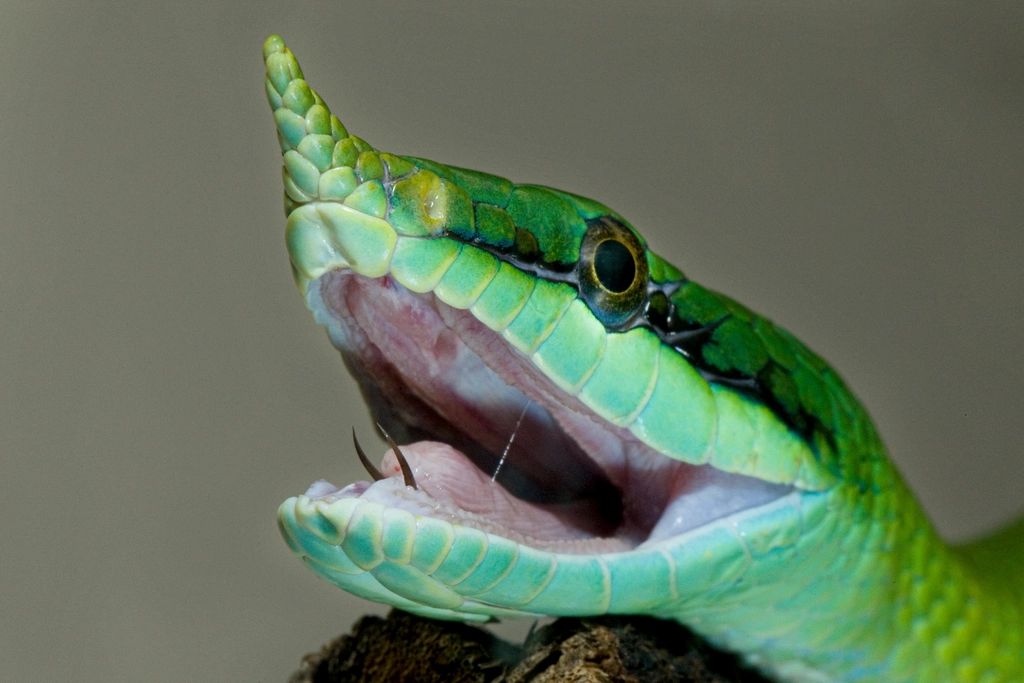
Despite its deadly reputation, the Inland Taipan is a creature of remarkable beauty. Its smooth scales glisten in the sunlight, and its sleek form moves with grace and precision. Observing this snake in its natural habitat is a reminder of the diversity and wonder of the animal kingdom. Its presence is a testament to nature’s ability to create both beauty and danger in a single package. Appreciating the Inland Taipan for its unique qualities fosters a deeper respect for the natural world and the creatures that inhabit it.
Conclusion
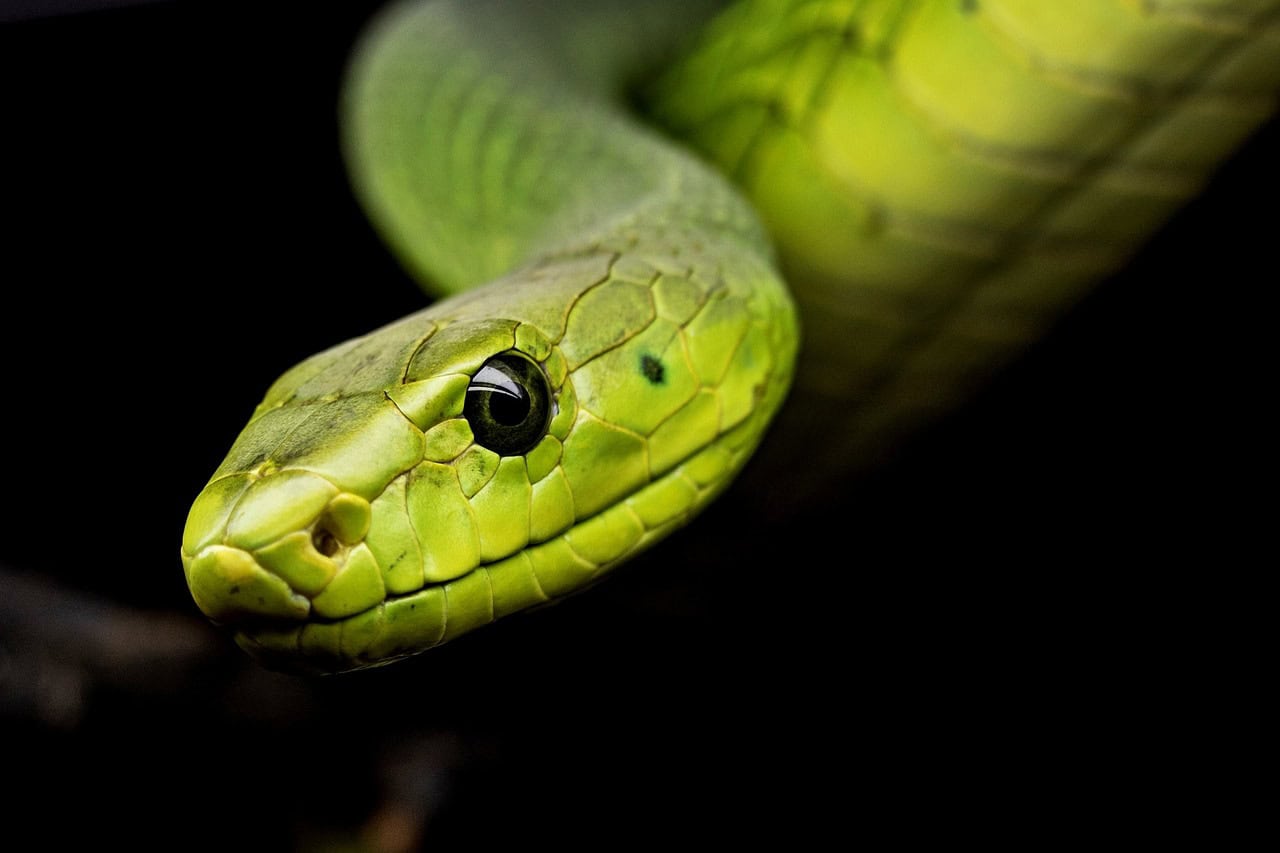
The Inland Taipan is a testament to the awe-inspiring power of nature. Its venomous bite is both a marvel and a reminder of the delicate balance that exists in the animal kingdom. While it may invoke fear, it also inspires respect and curiosity. Understanding this snake helps demystify its lethal reputation and highlights the importance of conserving its habitat. The Inland Taipan is more than just a venomous predator; it is a vital part of its ecosystem, deserving of both admiration and protection.
- The Most Beautiful Bird Migration Routes Across the US - August 9, 2025
- 14 Dog Breeds That Love to Cuddle - August 9, 2025
- 11 Signs Your Horse Might Be Bored - August 9, 2025

